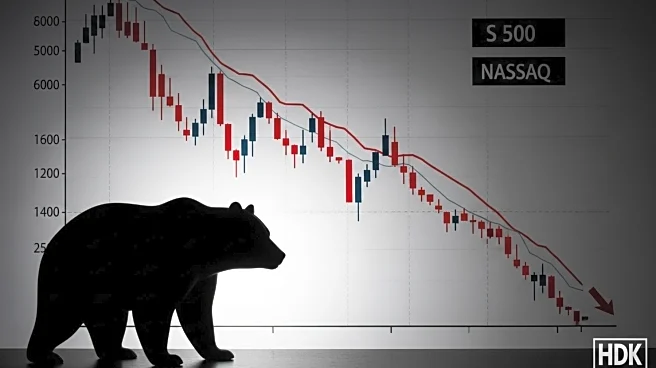What's Happening?
The IRS has released inflation-adjusted tax thresholds for the 2026 tax year, impacting over 60 tax provisions. Key changes include an increase in the standard deduction, with married couples filing jointly seeing a rise to $32,200, single filers to $16,100, and heads of household to $24,150. The top marginal tax rate remains at 37%, but income thresholds for all brackets have shifted upward. Additionally, the Earned Income Tax Credit for families with three or more children increases to a maximum of $8,231. The employer-provided child care tax credit also sees a significant increase, reflecting enhancements under the One Big Beautiful Bill Act.
Why It's Important?
These adjustments are crucial as they provide tax relief to millions of Americans, particularly low- and moderate-income workers. The increase in standard deductions and tax credits can lead to substantial savings for families, potentially boosting disposable income and consumer spending. Employers benefit from enhanced child care tax credits, which could encourage more businesses to offer child care support, aiding workforce retention and productivity. The changes reflect ongoing efforts to address inflation and economic challenges, aiming to ease the financial burden on taxpayers.
What's Next?
Taxpayers will need to familiarize themselves with the new thresholds and deductions to optimize their tax filings for 2026. Financial advisors and tax professionals will likely see increased demand for guidance on navigating these changes. Employers may explore expanding child care benefits to take advantage of the increased tax credits. As the tax year progresses, further analysis and adjustments may be necessary to ensure the changes effectively address inflation and economic conditions.
Beyond the Headlines
The adjustments highlight the government's response to inflationary pressures and its impact on household finances. By increasing deductions and credits, the IRS is attempting to mitigate the effects of rising costs on American families. These changes may also influence broader economic policies, as they reflect a commitment to supporting low- and moderate-income households and promoting economic stability.










